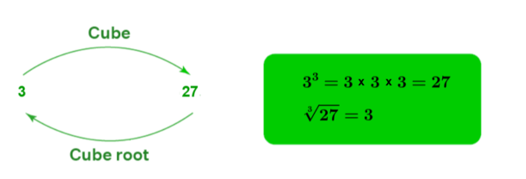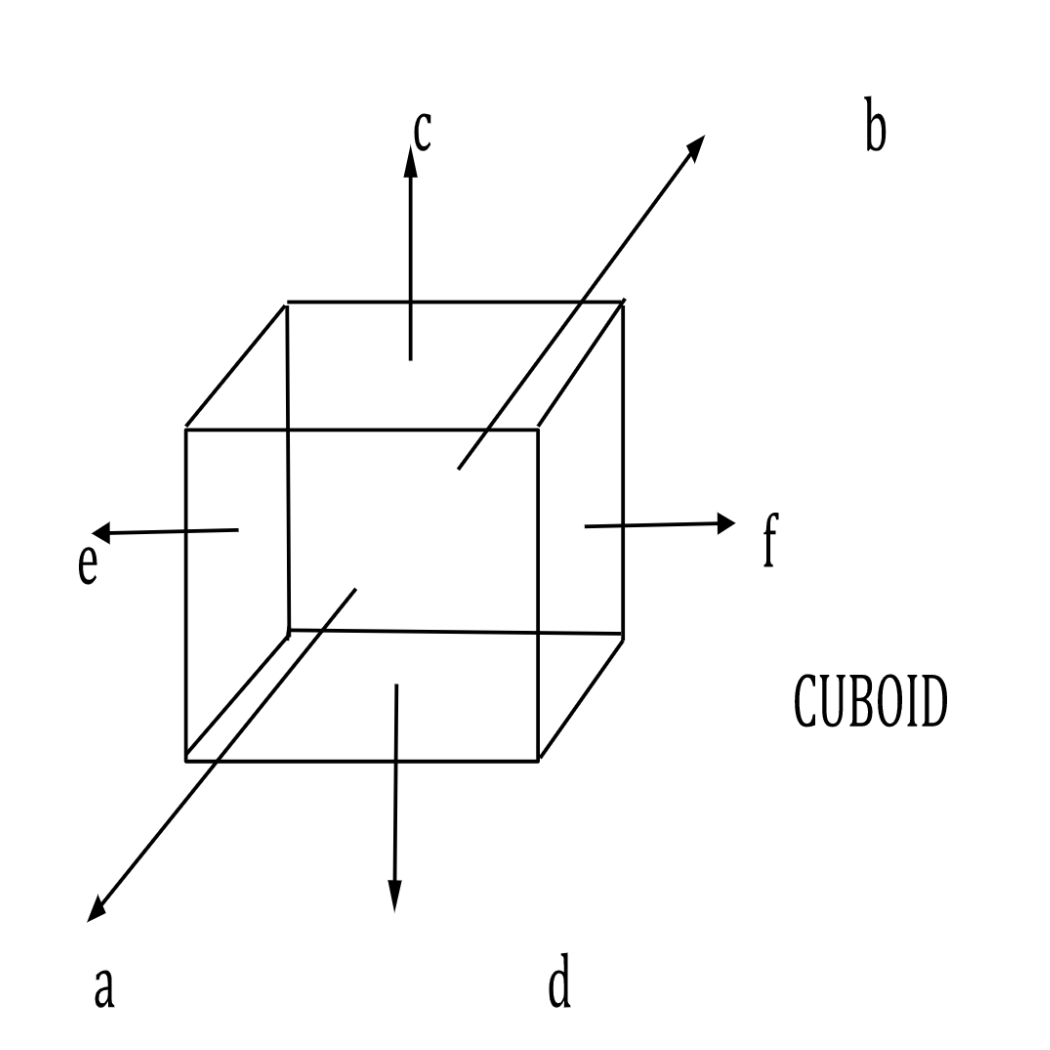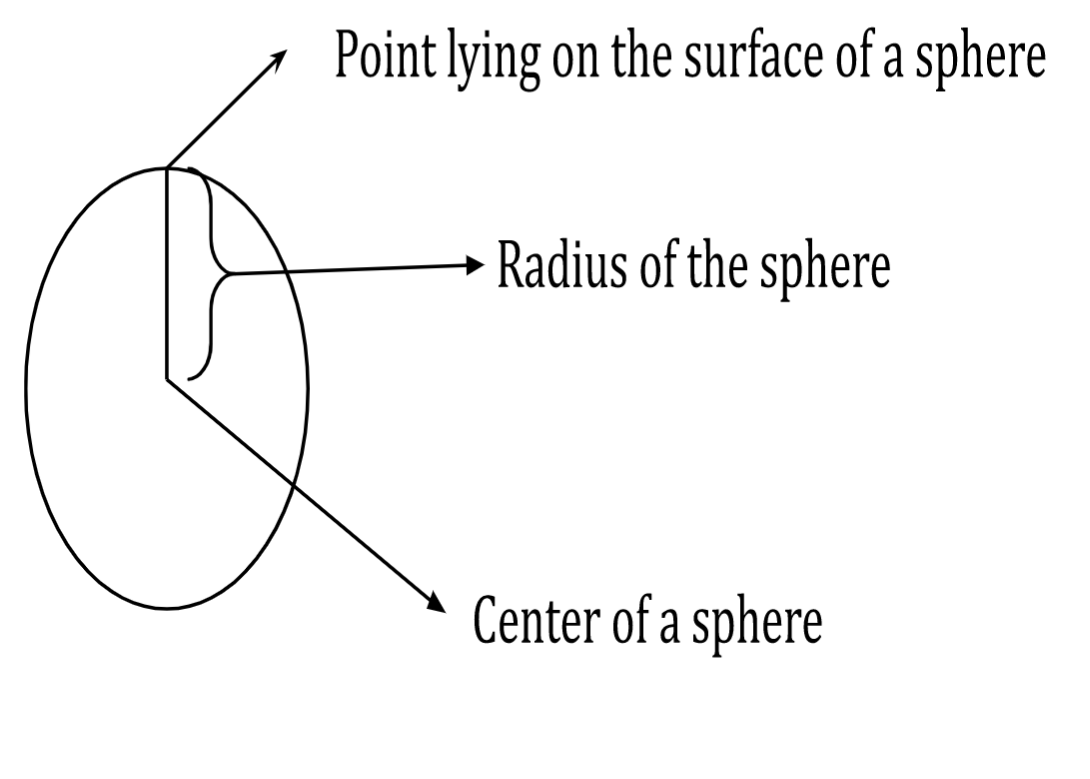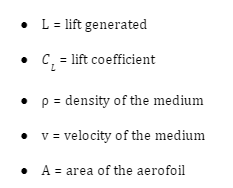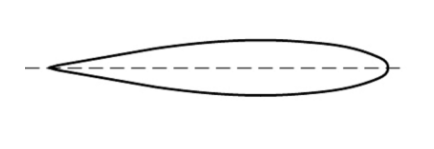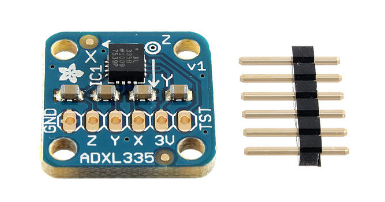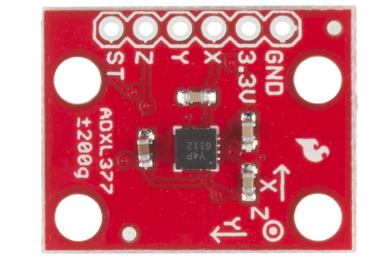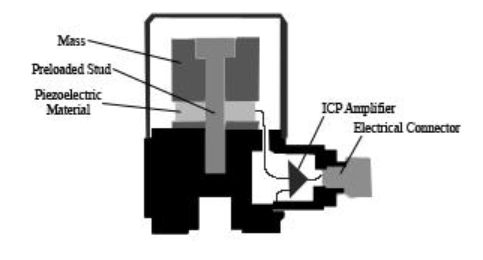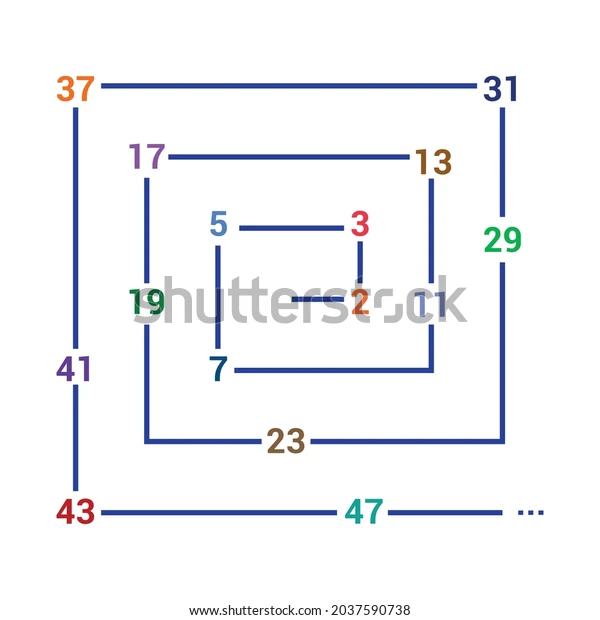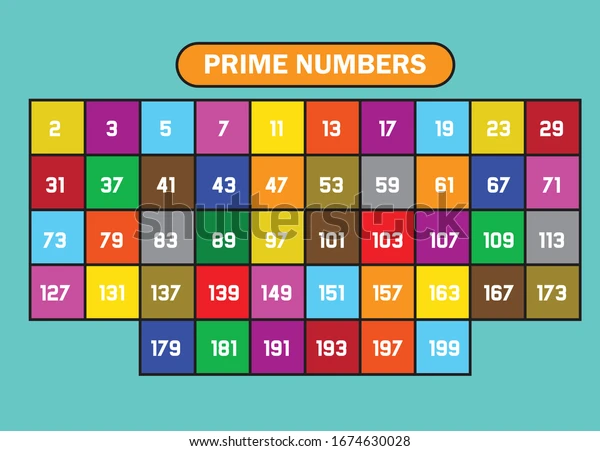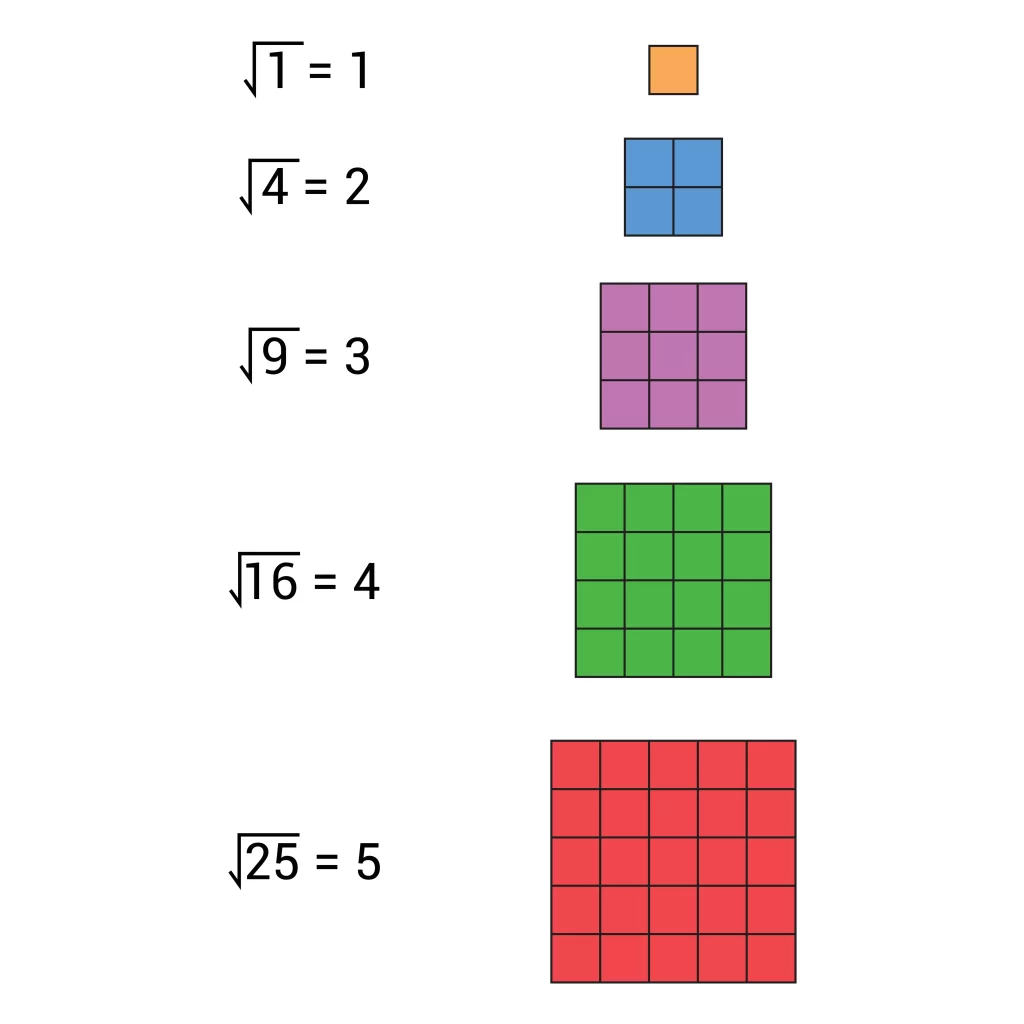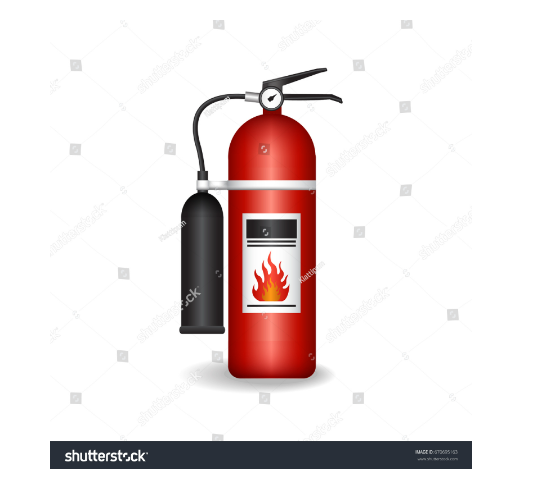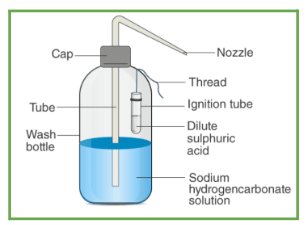काव्य को सुनने या पढ़ने में उसमें वर्णित वस्तु या विषय का शब्द चित्र में बनता है। इससे मन को अलौकिक आनंद प्राप्त होता है। इस आनंद और इसकी अनुभूति को शब्दों में व्यक्त नहीं किया जा सकता, केवल अनुभव किया जा सकता है, यही काव्य में रस कहलाता है।
किसी विनोदपूर्ण कविता को सुनकर हँसी से वातावरण गूँज उठता है। किसी करुण कथा या कविता को सुनकर ह्रदय में दया का स्त्रोत उमड़ पड़ता है, यह रस की अनुभूति है।
रस के मुख्यतः चार अंग या अवयव होते हैं
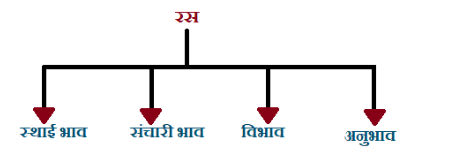
- स्थायीभाव
- विभाव
- अनुभाव
- व्यभिचारी अथवा संचारी भाव
1. स्थायी भाव
स्थायी भाव का अभिप्राय है- प्रधान भाव। रस की अवस्था तक पहुँचने वाले भाव को प्रधान भाव कहते हैं। स्थायी भाव काव्य या नाटक में शुरुआत से अंत तक होता है। स्थायी भावों की संख्या नौ स्वीकार की गई है। स्थायी भाव ही रस का आधार है। एक रस के मूल में एक स्थायीभाव रहता है।
रसों की संख्या भी ‘नौ’ है, जिन्हें ‘नवरस’ कहा जाता है। मूलतः नौ रस ही माने जाते है। बाद के आचार्यों ने दो और भावों (वात्सल्य व भगवद् विषयक रति) को स्थायी भाव की मान्यता प्रदान की। इस प्रकार स्थायी भावों की संख्या ग्यारह तक पहुँच जाती है और जिससे रसों की संख्या भी ग्यारह है।
रस और उनके स्थायी भाव
रस स्थायी भाव
1.श्रंगार रति
2.हास्य हास्य
3.करुण शौक
4.रौद्र क्रोध
5.अद्भुत विस्मय
6.वात्सल्य स्नेह
7.वीभत्स घृणा
8.शांत निर्वेद
9.वीर उत्साह
10.भक्ति रस अनुराग
2. विभाव
जिस वस्तु या व्यक्ति के प्रति वह भाव प्रकट होता है उसे विभाव कहते है।
विभाव दो प्रकार का होता है:
- आलम्बन विभाव– जिसके कारण प्रति हृदय में स्थायी भाव उत्पन्न होता है, उसे आलम्बन विभाव कहते हैं।
- उद्दीपन विभाव– भावों को उद्दीप्त करने वाले कार्यों या वस्तुओं को उद्दीपन कहते है। ये आलम्बन विभाव के सहायक एवं अनुवर्ती होते हैं। उद्दीपन के अन्तर्गत आलम्बन की चेष्टाएँ एवं बाह्य वातावरण- दो तत्त्व आते हैं, जो स्थायी भाव को और अधिक उद्दीप्त, प्रबुद्ध एवं उत्तेजित कर देते हैं।
3. अनुभाव
आलम्बन की चेष्टाएँ (कोशिश करने के लिए, इच्छा) उद्दीपन के अन्तर्गत मानी गई हैं, जबकि आश्रय की चेष्टाएँ अनुभाव के अन्तर्गत आती हैं।
4. संचारी भाव अथवा व्यभिचारी भाव
स्थायी भाव को पुष्ट करने वाले संचारी भाव कहलाते हैं। ये सभी रसों में होते हैं, इन्हें व्यभिचारी भाव भी कहा जाता है। इनकी संख्या 33 मानी गयी है।
रसों के प्रकार (Ras ke Prakar)

- श्रृंगार-रस
- हास्य रस
- करुण रस
- वीर रस
- भयानक रस
- रौद्र रस
- वीभत्स रस
- अद्भुत रस
- शांत रस
- वात्सल्य रस
- भक्ति रस
(1) श्रृंगार-रस(shringar ras)
श्रृंगार रस को रसराज की उपाधि प्रदान की गई है।
इसमें नायक नायिका के मिलन और विरह वेदना की स्थिति होती है।
इसके प्रमुखत: दो भेद बताए गए हैं:
(i) संयोग श्रृंगार – जब नायक-नायिका के मिलन की स्थिति की व्याख्या होती है, वहाँ संयोग श्रृंगार रस होता है।
(ii) वियोग श्रृंगार (विप्रलम्भ श्रृंगार) – जहाँ नायक-नायिका के विरह-वियोग, वेदना की मनोदशा की व्याख्या हो, वहाँ वियोग श्रृंगार रस होता है।
(2) हास्य रस (hasya ras)
किसी व्यक्ति की अनोखी विचित्र वेशभूषा, रूप, हाव-भाव को देखकर अथवा सुनकर जो हास्यभाव जाग्रत होता है, वही हास्य रस कहलाता है।
बरतस लालच लाल की मुरली धरी लुकाय
सौंह करै भौंहन हंसै दैन कहै नटिं जाय।।
यहाँ पर कृष्ण की मुरली को छुपाने और उसे माँगने पर हंसने और मना करने से हास्य रस उत्पन्न हो रहा है।
(3) करुण रस (Karun Ras)
प्रिय वस्तु या व्यक्ति के समाप्त अथवा नाश कर देने वाला भाव होने पर हृदय में उत्पन्न शोक स्थायी भाव करुण रस के रूप में व्यक्त होता है।
अभी तो मुकुट बँधा था माथ,
हुए कल ही हल्दी के हाथ।
खुले भी न थे लाज के बोल,
खिले थे चुम्बन शून्य कपोल।
हाय! रुक गया यहीं संसार,
बना सिन्दूर अनल अंगार ।
यहाँ पर एक सुहागन के बारे में बताते हुए कह रहे है की अभी तो उसके हाथों में हल्दी लगी थी और बोलने में भी शर्म थी। उसके माथे का सिंदूर इसके पति के मरने के कारण लाल आंगर बन गया है।
इसलिए यहाँ पर करुण रस है।
(4) वीर रस(veer ras ki paribhasha)
युद्ध अथवा शौर्य पराक्रम वाले कार्यों में हृदय में जो उत्साह उत्पन्न होता है, उस रस को उत्साह रस कहते है।
हे सारथे ! हैं द्रोण क्या, देवेन्द्र भी आकर अड़े,
है खेल क्षत्रिय बालकों का व्यूह भेदन कर लड़े।
मैं सत्य कहता हूँ सखे! सुकुमार मत जानो मुझे,
यमराज से भी युद्ध में प्रस्तुत सदा जानो मुझे।
यहाँ पर श्री कृष्ण के अर्जुन से कहे गए शब्द वीर रस का कार्य कर रहे है।
वीररस के चार भेद बताए गए है:
- युद्ध वीर
- दान वीर
- धर्म वीर
- दया वीर।
(5) भयानक रस(Bhayanak Ras ki Paribhasha )
जब हमें भयावह वस्तु, दृश्य, जीव या व्यक्ति को देखने, सुनने या उसके स्मरण होने से भय नामक भाव प्रकट होता है तो उसे भयानक रस कहा जाता है।
नभ ते झपटत बाज लखि, भूल्यो सकल प्रपंच।
कंपित तन व्याकुल नयन, लावक हिल्यौ न रंच ॥
इस वाक्य में वातावरण के अचानक बदलने और शरीर में कम्पन और आंखों में व्याकुलता के द्वारा भयानक रस दिखाया गया है।
(6) रौद्र रस(Raudra Ras)
जिस स्थान पर अपने आचार्य की निन्दा, देश भक्ति का अपमान होता है, वहाँ पर शत्रु से प्रतिशोध की भावना ‘क्रोध’ स्थायी भाव के साथ उत्पन्न होकर रौद्र रस के रूप में व्यक्त होता है।
श्रीकृष्ण के सुन वचन अर्जुन क्रोध से जलने लगे ।
सब शोक अपना भूलकर करतल-युगल मलने लगे ॥
संसार देखे अब हमारे शत्रु रण में मृत पड़े।
करते हुए घोषणा वे हो गये उठकर खड़े ॥
उस काल मारे क्रोध के तन काँपने उनका लगा।
मानो हवा के जोर से सोता हुआ सागर जगा ॥
मुख बाल-रवि सम लाल होकर ज्वाल-सा बोधित हुआ।
प्रलयार्थ उनके मिस वहाँ क्या काल ही क्रोधित हुआ ॥
यहाँ पर श्री कृष्ण की निंदा और अपमान सुनकर कृष्ण में रौद्र रस्बकी उत्पत्ति होती है।
(7) वीभत्स रस (Vibhats Ras)
घृणित दृश्य को देखने-सुनने से मन में उठा नफरत का भाव विभाव-अनुभाव से तृप्त होकर वीभत्स रस की व्यञ्जना करता है।
रक्त-मांस के सड़े पंक से उमड़ रही है,
महाघोर दुर्गन्ध, रुद्ध हो उठती श्वासा।
तैर रहे गल अस्थि-खण्डशत, रुण्डमुण्डहत,
कुत्सित कृमि संकुल कर्दम में महानाश के॥
यहाँ पर माँस, दुर्गन्ध आदि के कारण उठी नफरत के भाव को वीभत्स रस कहा गया है।
(8) अद्भुत रस (Adbhut ras ki paribhasha)
जब हमें कोई अद्भुत वस्तु, व्यक्ति अथवा कार्य को देखकर आश्चर्य होता है, तब उस रस को अद्भुत रस कहा जाता है।
एक अचम्भा देख्यौ रे भाई। ठाढ़ा सिंह चरावै गाई ॥
जल की मछली तरुबर ब्याई। पकड़ि बिलाई मुरगै खाई।।
यहाँ पर मछली के अद्भुत कार्य की उसे बिल्ली ने पकड़ा और मुर्गे ने खाया के कारण अद्भुत रस उत्पन्न हो रहा है।
(9) शान्त रस(shant ras )
वैराग्य भावना के उत्पन्न होने अथवा संसार से असंतोष होने पर शान्त रस की क्रिया उत्पन्न होती है।
बुद्ध का संसार-त्याग-
क्या भाग रहा हूँ भार देख?
तू मेरी ओर निहार देख-
मैं त्याग चला निस्सार देख।
यहाँ पर बुद्ध के संसार त्यागने से उत्पन्न रस को शांत रस कहा गया है।
(10) वात्सल्य रस (vatsalya ras)
शिशुओं के सौंदर्य उनके क्रिया कलापों आदि को देखकर मन उनकी ओर खींचता है। जिससे मन में स्नेह उत्पन्न होता है, वह वात्सल्य रस कहलाता है।
अधिकतर आचार्यों ने वात्सल्य रस को श्रृंगार रस के अन्तर्गत मान्यता प्रदान की है, परन्तु साहित्य में अब वात्सल्य रस को स्वतन्त्रता प्राप्त हो गयी है।
यसोदा हरि पालने झुलावै।
हलरावैं दुलरावैं, जोइ-सोई कछु गावैं ।
जसुमति मन अभिलाष करैं।
कब मेरो लाल घुटुरुवन रेंगैं,
कब धरनी पग द्वैक घरै।
यहाँ पर यशोदा के कृष्ण को पालने में झुलाने, उसे देखकर गाना गाने और उससे स्नेह करने को वात्सल्य रस कहा गया है।
(11) भक्ति रस (Bhakti Ras)
जब आराध्य देव के प्रति अथवा भगवान् के प्रति हम अनुराग, रति करने लगते हैं अर्थात् उनके भजन-कीर्तन में लीन हो जाते हैं तो ऐसी स्थिति में भक्ति रस उत्पन्न होता है। उदाहरण-
जाको हरि दृढ़ करि अंग कर्यो।
सोइ सुसील, पुनीत, वेद विद विद्या-गुननि भर्यो।
उतपति पांडु सुतन की करनी सुनि सतपंथ उर्यो ।
ते त्रैलोक्य पूज्य, पावन जस सुनि-सुन लोक तर्यो।
जो निज धरम बेद बोधित सो करत न कछु बिसर्यो ।
बिनु अवगुन कृकलासकूप मज्जित कर गहि उधर्यो।
इस वाक्य में आपने देव , आराध्य शिव के लिए भक्त की भक्ति को दर्शाया गया है, जो भक्ति रस का कार्य कर रहा है।
अधिकतर पूछे गए प्रश्न
1.रस क्या होता है?
उत्तर: ‘रस’ शब्द रस् धातु और अच् प्रत्यय के संयोग से बना है। काव्य को सुनने या पढ़ने में उसमें वर्णित वस्तु या विषय का शब्द चित्र में बनता है। इससे मन को अलौकिक आनंद प्राप्त होता है। इस आनंद और इसकी अनुभूति को शब्दों में व्यक्त नहीं किया जा सकता, केवल अनुभव किया जा सकता है, यही काव्य में रस कहलाता है।
2.रस के अंग कितने होते हैं?
उत्तर: रस हिंदी व्याकरण के 4 अंग होते हैं-
(1) स्थायी भाव
(2) विभाव
(3) अनुभाव
(4) संचारी भाव
3.रस के कितने भेद हैं?
उत्तर: रस के ग्यारह भेद होते है-
(1) श्रृंगार रस
(2) हास्य रस
(3) करुण रस
(4) रौद्र रस
(5) वीर रस
(6) भयानक रस
(7) वीभत्स रस
(8) अद्भुत रस
(9) शांत रस
(10) वत्सल रस
(11) भक्ति रस।
4. रौद्र रस का स्थाई भाव क्या है?
उत्तर: रौद्र रस का स्थाई भाव ‘क्रोध’ है।
5. श्रंगार रस का स्थाई भाव क्या है?
उत्तर: श्रंगार रस का स्थाई भाव ‘रति’ है।


